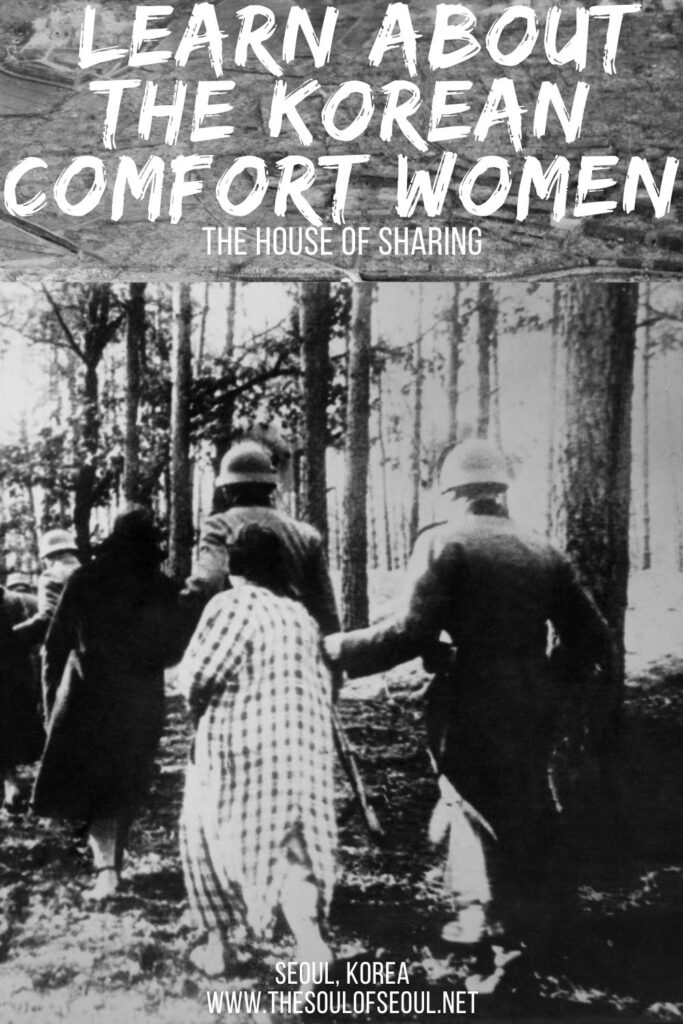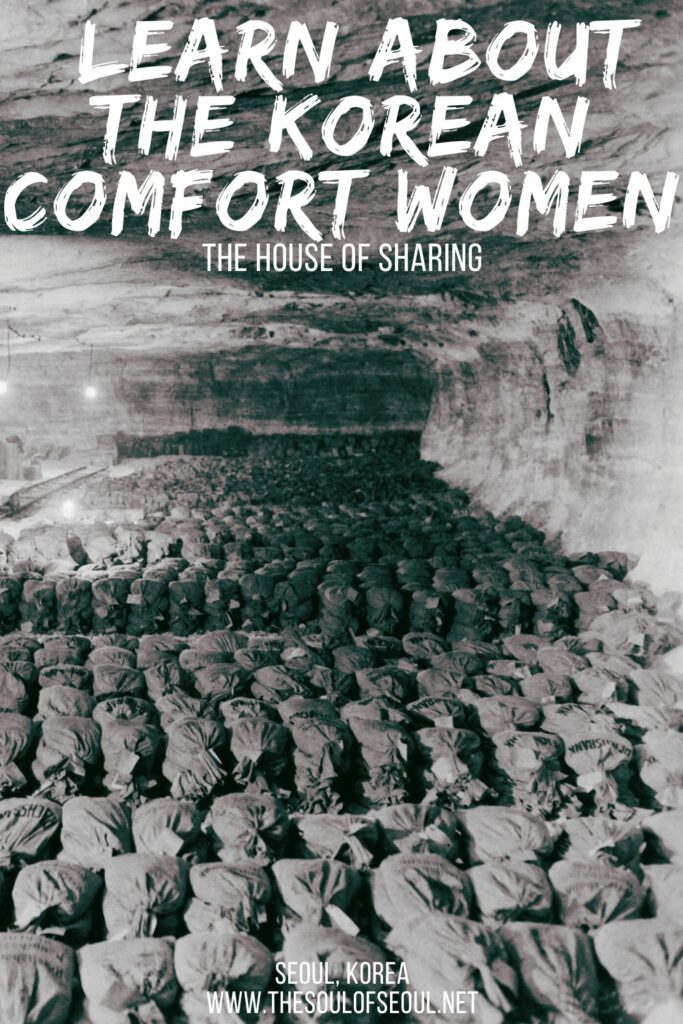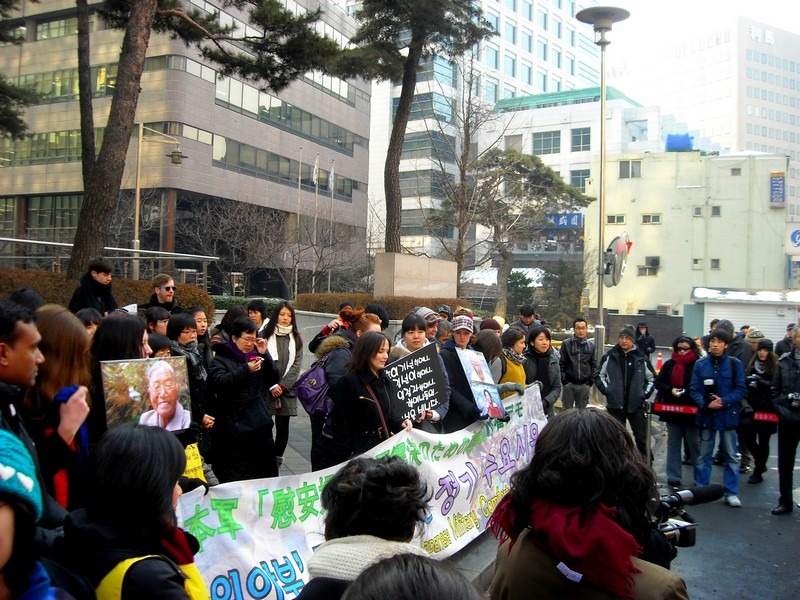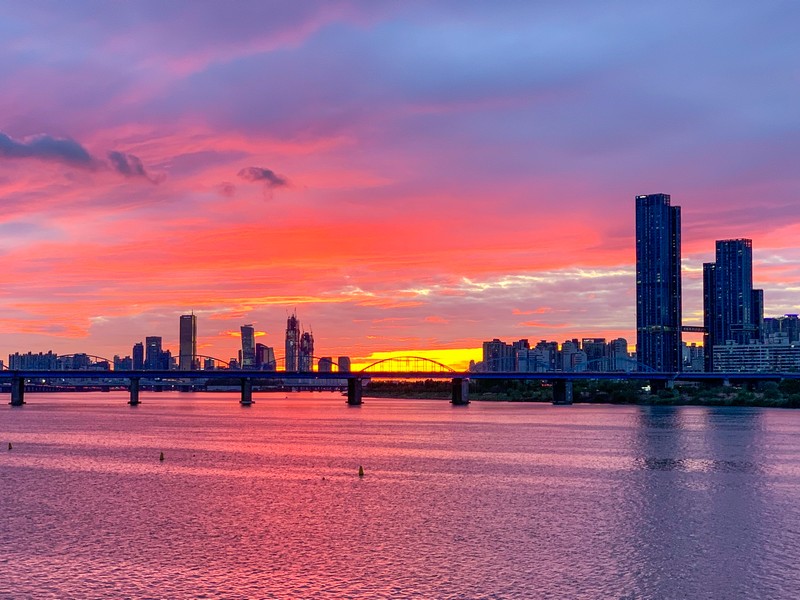The House of Sharing: Learn About The Comfort Women In Seoul
Last Updated on April 4, 2024
If you come to Korea and have the opportunity to learn about the comfort women from the women themselves, don’t pass it up. The House of Sharing was set up in 1992 funded privately by some Koreans and a Buddhist organization. Originally housing 12 of the surviving grandmothers, or comfort women from WWII, as of 2019 there were 6 women living in the home.
These women have become activists, giving testimonies of the atrocities they endured, protesting and traveling abroad to spread awareness of a system that is still happening today around the world. Should we learn about the past so we don’t repeat it in the future? Yes, and this is where you should go in Korea to do just that.
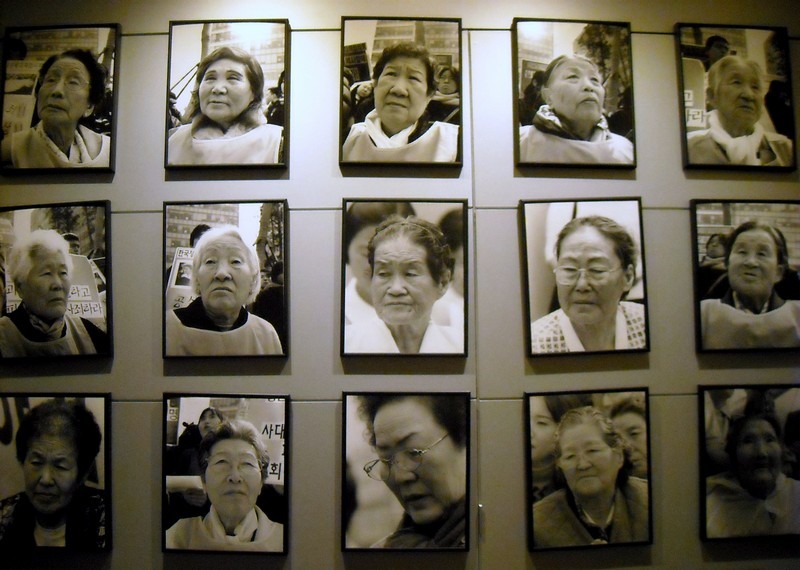
What to check out in this post:
- How To Book A Tour With House Of Sharing
- The History Of The Comfort Women You Need To Know
- The Living Halmonis At House Of Sharing
- What’s Happening Today
(This post contains affiliate links, which means I receive a certain percentage of a sale if you purchase after clicking at no cost to you. Thank you for your support.)
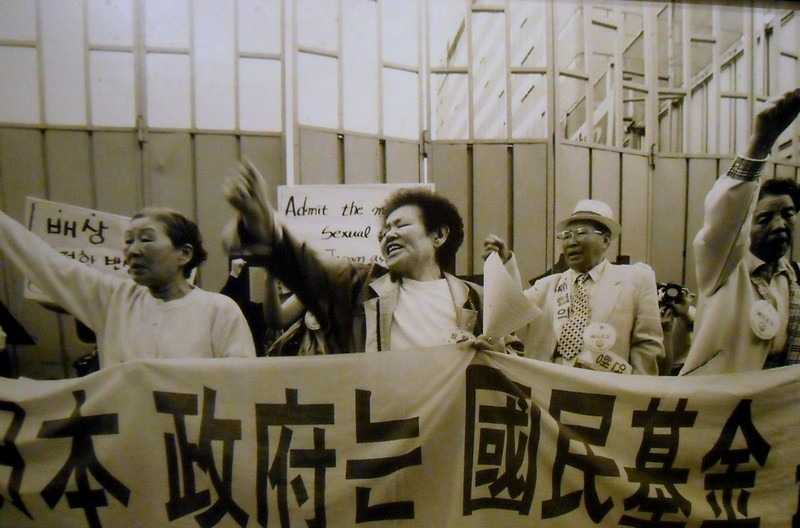
The House of Sharing volunteers met a group of eager foreigners, generally unprepared for what they were about to experience at 10:00am at Gangbyeon bus station.
We loaded onto a red bus for a 40 minute ride out to Gwangju City, not to be confused with the Gwangju that is about 3 hours south of Seoul. The day was filled with blunt testimonies, tears and stories of empowerment through an ordeal that would leave anyone crying on the side of the road ready to give up.
How To Book A Tour With House Of Sharing
Visit The House Of Sharing Facebook Page for more information on visiting these brave women.
Also check out their website for information on the work they hope to accomplish and information on their cause.
The History Of The Comfort Women You Need To Know
From 1932 the Japanese military forcefully abducted and tricked an estimated 200,000 women and girls from all over Asia with 80-90% coming from Korea into the sexual slavery system. Aged anywhere from 12 to 30 some were literally girls who hadn’t even had their period yet.
These women have been referred to in history as comfort women and this euphemism is used for women all over the world conscripted into sexual slavery however these women prefer to be called upon by using the respectful Korean term of grandmother, or ‘halmoni’. They say there was nothing comfortable about their situation and therefore don’t accept the aforementioned term.
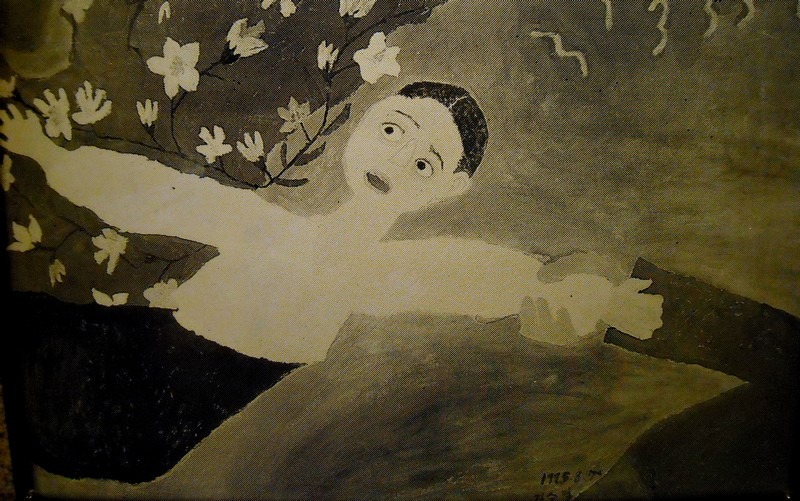
At this time in history, Korea was a territory of Japan and though forcing women into sexual slavery was illegal under the laws of Japan, these same laws made no mention of the territories of Japan. Thus the military brazenly tricked women with promises of money for their families and jobs abroad.
These women were loaded onto boats and shipped to ‘service stations’ all over Asia in such countries, as China, Taiwan, Cambodia, Vietnam, Philippines, Indonesia, Manchuria, Burma, and many more. The women were raped, abused, starved and tortured and then generally killed. It is estimated that only 25% of these women survived. At the end of the war these women were either killed to cover up the system or abandoned.
In an unknown land not knowing the language many of these women never came back or upon returning found that they had been deemed dead and, in one woman’s case, could take up to 6 years to to be deemed alive again.
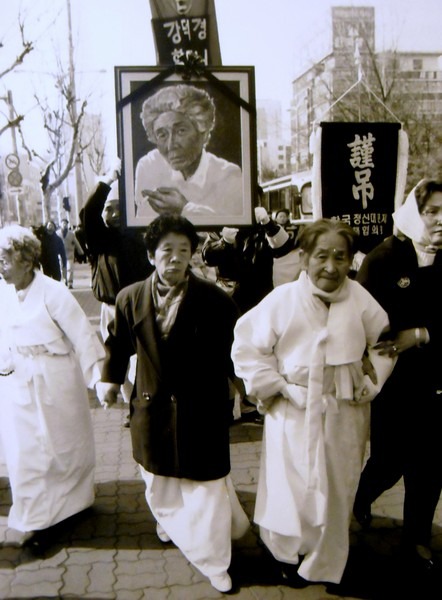
The service stations themselves looked common enough although inside they were akin to a Japanese restaurant with plaques hanging outside with the ‘dishes’ on the ‘menu’ or the women available to service the men. There may have been a bed in the room or none at all. There was a basin on hand for the women to wash themselves, the man’s penis, and the condom before the next man came in.
The women could see anywhere from 20 to 40 men a day and their testimonies make many mention of how the women shuddered upon hearing that a ‘boatload’ of men had just arrived or would be arriving shortly.
We heard testimonies that the women have made over time of different atrocities they themselves witnessed. One story tells of a woman who tried to escape and was subsequently caught. To make an example of her the officers rolled her on a bed of nails until her skin was falling off and there was blood everywhere. To teach the women a lesson he said, they were to cook the skin of the woman and the others were to eat it.
Another tells of a woman who was caught trying to commit suicide, she was stopped and tortured with a sword so that the other women could see it would never be their choice to leave. At the end her head was chopped off.
Trying to commit suicide, becoming pregnant, or trying to escape were all reasons to be brutally killed as a comfort woman. The Japanese not wanting to spread sexually transmitted diseases also made the women take doses of mercury, thought at the time to clean out the system, as we know now it did none of that except chemically alter these women so that after the war many of them could no longer have the ability to have children.
In South Korea, 220 former ‘comfort women’ came forward and that isn’t the total number, that is just the woman that could come forward. Many women were abandoned to start new lives in countries in distant lands. Many women came back to Korea and couldn’t tell their families what had happened for fear of being labeled a whore.
The Living Halmonis At House Of Sharing in 2019
Il Chul Kang: Born in Sangju, Gyeongsangbuk-do in 1928, she was just sixteen when she was abducted by a police officer. She was taken to Manchuria and forced to serve as a sexual slave. When the war ended, she had severe typhoid fever so the military officers shipped her off with the corpses to be cremated alive.
Ok Sun Park: Born in Milyang Gyeongsangnam-do in 1924, she was lied to by a broker who told her she could earn money in the factories when she was eighteen. She was forced to work as a sexual slave for four years. Her station was bombed and she was left wandering in the mountains and was finally returned to Korea in 2001.
Bok Soo Jeong: Born in 1916 in Imsil, Jeollabuk-do. She was taken to the South Sea Islands in 1943 to be a sexual slave for Japanese soldiers.
Ok Sun Lee: Born in 1927 in Busan, she was offered an opportunity to gather money for schooling in 1940 and began working at a hotel in Ulsan. In 1942, a Korean local and Japanese man forcibly abducted her to Yanji, currently Jilin Province of Northwest China. She was forced to be a sexual slave for three years.
Ok Seon Lee: Born in 1930 in Daegu, she was taken to a comfort station in 1942 when she was just twelve years old. She was forced to be a sexual slave for Japanese soldiers in Haicheong, Manchuria, China.
Soo Im Ha: Born in Hapcheonm, Gyeongsangnam-do in 1930, she was taken to Nagoya, Japan in 1944. She was a sexual slave for two years before being returned to Korea.
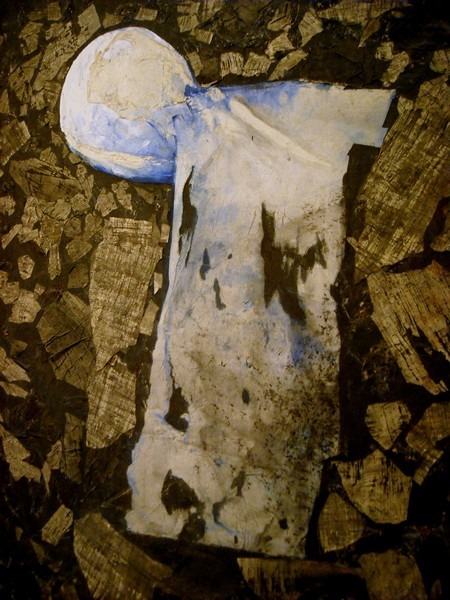
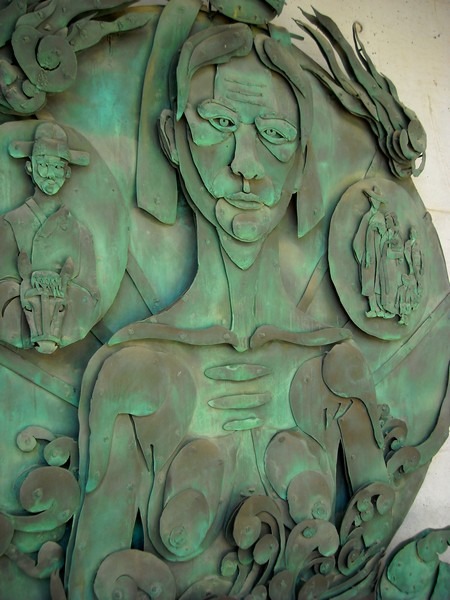
What’s Happening Today
Up until the 90’s the Japanese government officially stated that they had no involvement in these brothels and that they were run by private contractors. However, in 1991 Yoshiaki Yoshimi discovered documents in the archives of the Japanese Defense Ministry that incriminated the Japanese government and indicated their direct involvement in running these brothels.
In 1993 the Japanese government made a statement that admitted an unspecified role in the brothels and rejected any legal responsibility for that role. They have also stated that the brothels were not a part of a ‘system’ and was therefore not a war crime or crime against humanity. This statement did little to ease the tensions these grandmothers have been feeling almost their entire lives.
Japanese leaders have apologized but it has not been officially recorded in their history books and that is one big thing these women are fighting for. They want children to learn of this now so that in the future similar things don’t happen again. This is something the Japanese government is very unwilling to do.
Though these women have gotten some compensation, it wasn’t the money they were after, and this money didn’t come from the Japanese government it came by private donations from Japanese people. Again, this is not what the women want. They want it from the government so that it has to be officially recorded in their books.
With only a small number of these women still alive to tell their story it’s clearly a race against time for them, and the governments are just waiting until the last one is gone. Every Wednesday these women, weather rain, cold, or shine, from 12 to 1 hold a demonstration outside of the Japanese embassy. And every Wednesday from 12 to 1 all of the windows in the embassy are shut and have the shutters drawn to keep the women out. This is the only protest that has been grandfathered in and is accepted every week without question by the Korean government.
Another place to learn more about these women is the War and Women’s Human Rights Museum in Mapo-gu, Seoul. You can also find comfort women statues all around the world now. From Gunsan, Korea to California, there are statues that remind us to remember the girls that were taken.
These women are honestly not asking for much. They are asking for people to remember, to know what happened and make sure that it doesn’t happen again. But it is happening. It’s happening all around the world and governments and people turn a blind eye. What are you going to do?
Did you like this post? Pin It!
